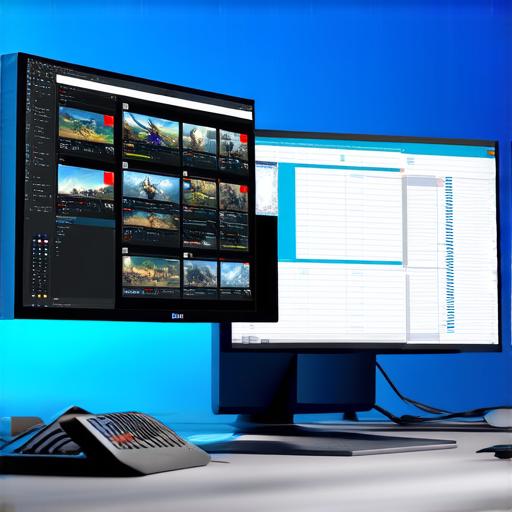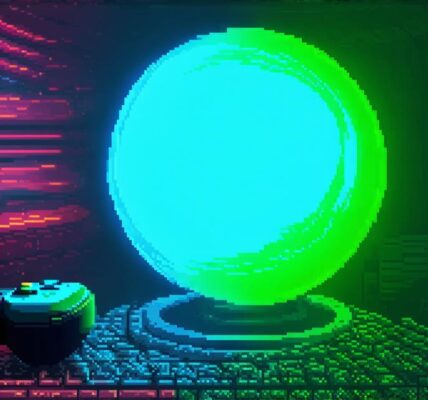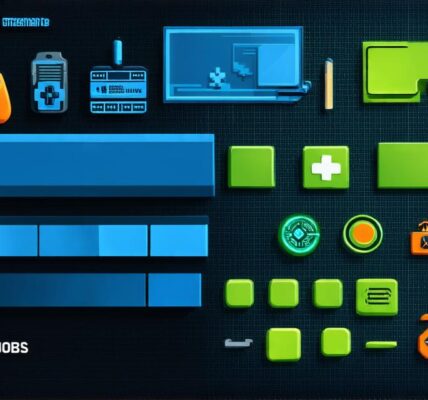
1. Unity
Unity is one of the most popular game engines in use today. It’s designed to be user-friendly, allowing developers to create games for multiple platforms with ease. With Unity, you can create both 2D and 3D games, and it supports a wide range of programming languages including C and JavaScript.
One of the key advantages of Unity is its ability to support a variety of development methods. If you prefer to work with a team, Unity’s multi-user capabilities allow multiple developers to work on the same project simultaneously. Alternatively, if you prefer to work alone, Unity offers built-in tools for prototyping and rapid iteration, allowing you to quickly test and refine your ideas.
2. Unreal Engine
Unreal Engine is another popular game engine that has been used to create a wide range of successful games, including Fortnite, The Witcher 3: Wild Hunt, and Batman Arkham Knight. Like Unity, Unreal Engine supports both 2D and 3D game development and offers a variety of tools for creating realistic graphics, animations, and sound effects.
Unreal Engine also offers built-in support for virtual reality (VR) and augmented reality (AR) development, making it an ideal choice for creating immersive experiences. With Unreal Engine, you can quickly prototype and test your ideas in VR or AR mode, giving you a better understanding of how the final product will feel to players.
3. Photoshop
Photoshop is a popular graphic design software used by many game designers to create game assets such as characters, textures, and backgrounds. It offers a wide range of tools for creating and manipulating images, including layers, filters, and masks.
One of the key benefits of Photoshop is its ability to work with other software. You can export your designs from Photoshop and import them into other game engines like Unity or Unreal Engine, making it easy to create high-quality assets for your games.
4. 3DS Max
3DS Max is a powerful 3D modeling software used by many game designers to create 3D models of characters, objects, and environments. It offers a wide range of tools for creating detailed and realistic 3D models, including sculpting, texturing, and animation features.
One of the key advantages of 3DS Max is its ability to work with other software. You can export your models from 3DS Max and import them into game engines like Unity or Unreal Engine, making it easy to bring your 3D designs to life in a video game.
5. Maya
Maya is another popular 3D modeling software used by game designers. It offers many of the same features as 3DS Max, including sculpting, texturing, and animation capabilities. However, Maya is generally considered more user-friendly than 3DS Max, making it a good choice for beginners or those who prefer a more streamlined workflow.
One of the key benefits of Maya is its ability to work with other software. You can export your models from Maya and import them into game engines like Unity or Unreal Engine, making it easy to bring your 3D designs to life in a video game.
6. Substance Painter
Substance Painter is a texture painting software used by game designers to create detailed and realistic textures for their games. It offers a wide range of tools for creating and manipulating textures, including layers, masks, and materials.
One of the key advantages of Substance Painter is its ability to work with other software. You can export your textures from Substance Painter and import them into game engines like Unity or Unreal Engine, making it easy to bring your textures to life in a video game.




